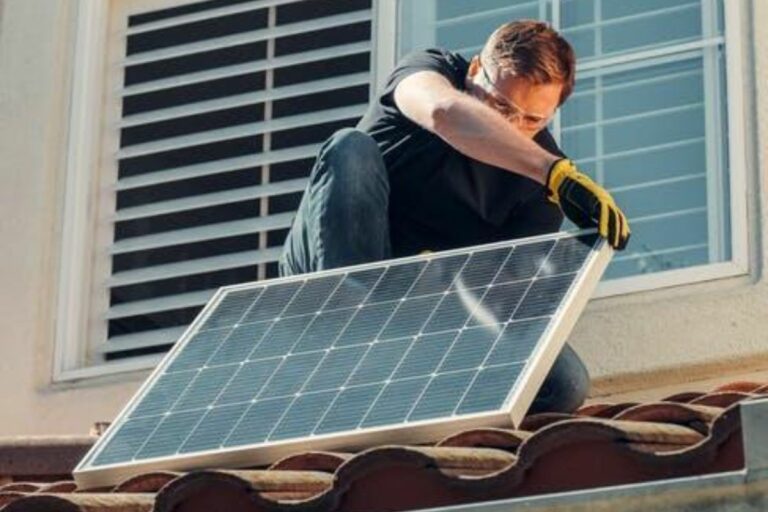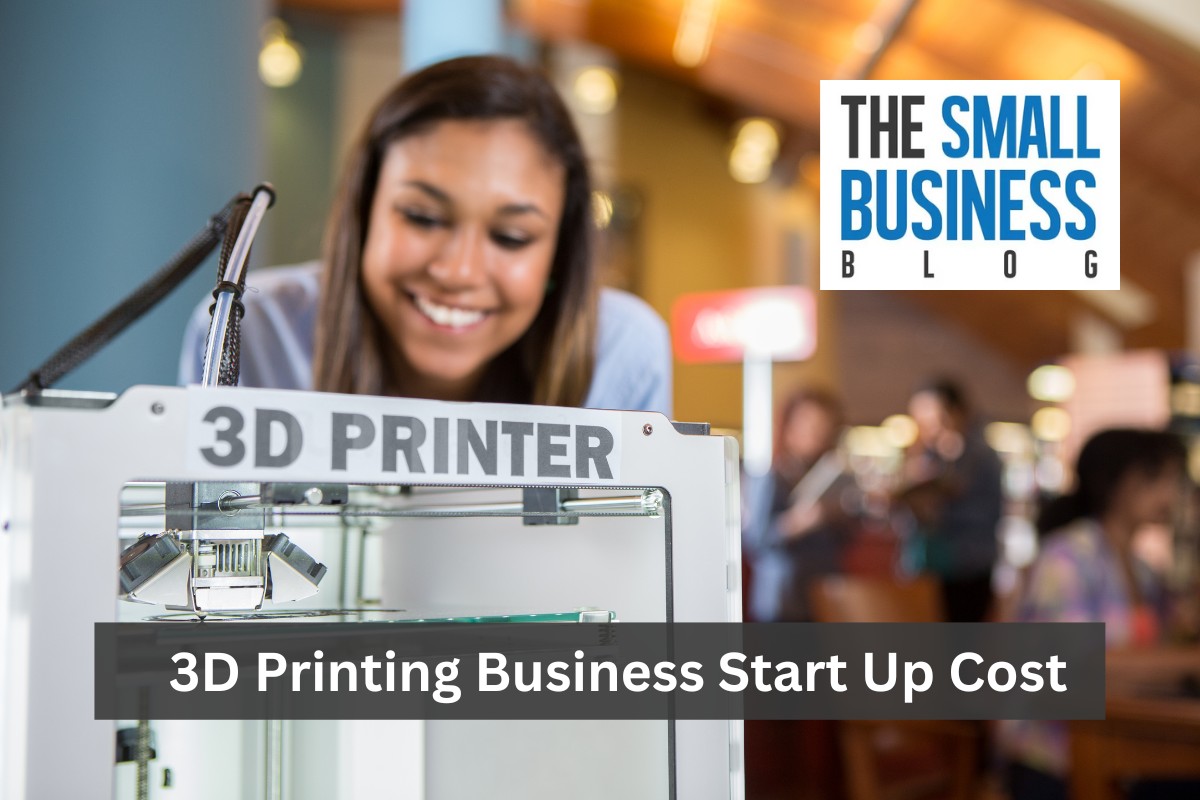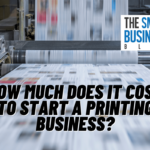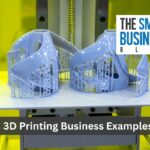Starting a 3D printing business can be an exciting and profitable venture.
However, before you dive in, it’s important to understand the costs involved in starting up this type of business.
The initial investment for a 3D printing business can vary greatly depending on the type of focus you choose, the equipment you need, and other factors.
Understanding 3D printing and the technology involved is crucial when starting a 3D printing business.
This technology allows you to create three-dimensional objects from a digital file, using materials such as plastic, metal, or even food.
While the technology has become more accessible in recent years, it’s important to note that the cost of entry can still be significant.
In addition to the cost of the equipment, you’ll need to consider operational costs, marketing and promotion, legal and administrative costs, and training and skills development.
Post Contents
Key Takeaways
- Starting a 3D printing business requires an initial investment that can vary greatly depending on the type of focus you choose and the equipment you need.
- In addition to the initial investment, you’ll need to consider operational costs, marketing and promotion, legal and administrative costs, and training and skills development.
- Based on our research, the average startup costs for a 3D printing business are around $27,635, while the maximum startup costs can be as high as $48,547.
Understanding 3D Printing
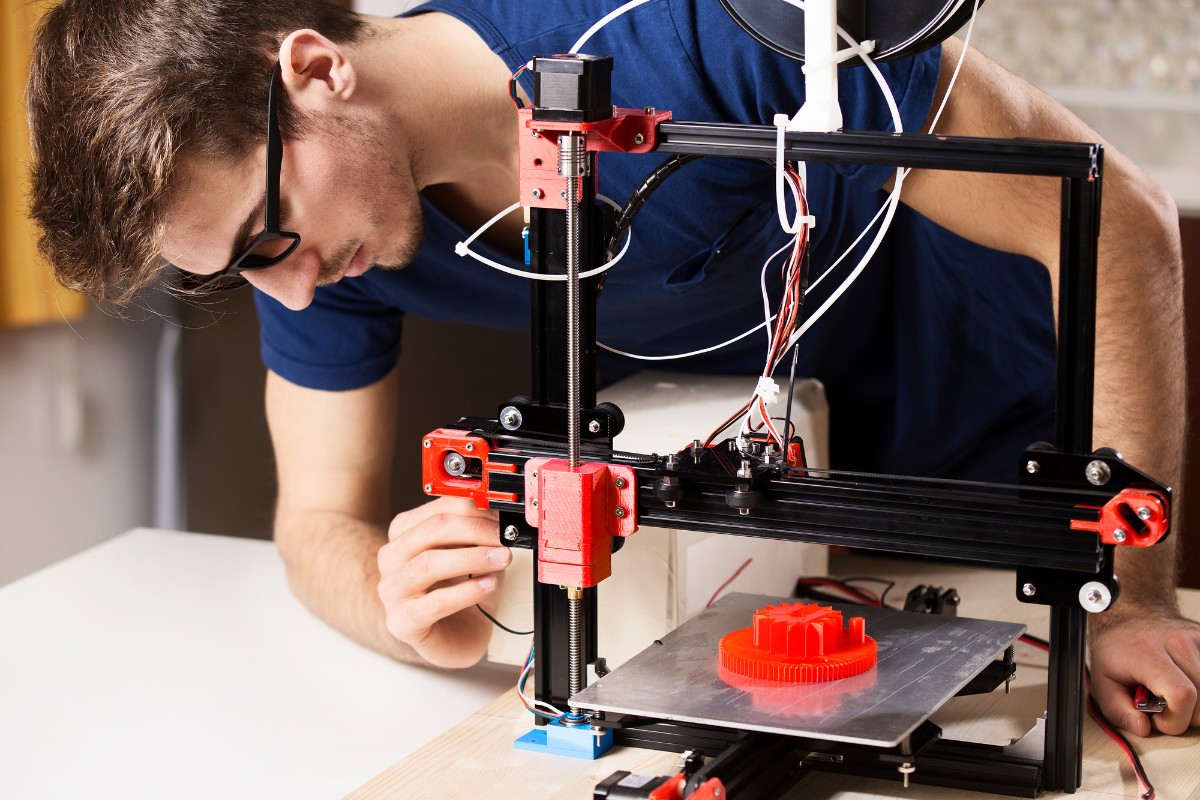
If you’re considering starting a 3D printing business, it’s important to have a good understanding of what 3D printing is and how it works.
3D printing is a process of creating a physical object from a digital model by laying down successive layers of material until the object is complete.
The process is also known as additive manufacturing.
There are several different types of 3D printing technologies available, each with its own advantages and disadvantages.
Some of the most common types of 3D printing technologies include:
- Fused Deposition Modeling (FDM)
- Stereolithography (SLA)
- Selective Laser Sintering (SLS)
- Digital Light Processing (DLP)
Each of these technologies uses a different process to create objects, and the choice of technology will depend on the type of objects you plan to create and the materials you plan to use.
In addition to the technology used, there are several other factors that can affect the quality and cost of 3D printing.
These include:
- Layer height: The thickness of each layer of material used in the printing process. Thinner layers result in higher quality prints but can increase printing time and cost.
- Infill percentage: The amount of material used to fill the inside of the object. Higher infill percentages result in stronger objects but can increase printing time and cost.
- Material type: The type of material used for printing. Different materials have different properties and can affect the quality and cost of printing.
Initial Investment
Starting a 3D printing business requires a significant initial investment to purchase the necessary equipment, software, and workspace setup.
Here are the main sub-sections to consider when estimating your initial investment.
Purchasing 3D Printers
The cost of 3D printers can vary widely, depending on the type and quality of the printer.
Entry-level printers can cost as little as $200, while high-end professional printers can cost upwards of $50,000.
It’s important to choose a printer that meets your business needs and budget.
Consider the following factors when purchasing a 3D printer:
- Print quality and speed
- Build volume
- Material compatibility
- Ease of use
- Customer support and warranty
You may also need to purchase additional accessories, such as a filament extruder or a build plate, which can add to your initial investment.
Software Acquisition
In addition to hardware, you’ll need to invest in software to design and prepare your 3D models for printing.
There are many software options available, ranging from free open-source programs to expensive professional-grade software.
Some popular 3D printing software options include:
- Tinkercad (free)
- Fusion 360 (free for hobbyists and startups)
- Simplify3D ($149 one-time fee)
- SolidWorks (starts at $3,995 per year)
Consider the following factors when choosing 3D printing software:
- Ease of use
- Compatibility with your 3D printer
- Features and capabilities
- Customer support and training
Workspace Setup
You’ll need a dedicated workspace to house your 3D printers and other equipment.
The size and layout of your workspace will depend on the number of printers you plan to operate and the size of your business.
Consider the following factors when setting up your workspace:
- Space requirements for your printers and other equipment
- Electrical and ventilation needs
- Storage for raw materials and finished products
- Safety and security measures
You may also need to invest in furniture, such as workbenches and storage cabinets, and other tools and equipment to support your 3D printing operations.
Operational Costs
When starting a 3D printing business, it’s important to consider the operational costs that come with running the business.
These costs can include materials, maintenance, and utility bills.
By understanding these costs, you can better plan and budget for your business.
Materials
One of the biggest operational costs for a 3D printing business is materials.
The cost of materials can vary depending on the type of printer you have and the materials you use.
For example, if you use high-quality materials, such as metal or carbon fiber, the cost can be significantly higher than if you use plastic.
To help manage the cost of materials, it’s important to track your usage and order materials in bulk.
This can help you save money on the cost per unit and reduce the number of times you need to order materials.
Maintenance
Another operational cost to consider is maintenance.
Like any piece of equipment, 3D printers require regular maintenance to keep them running smoothly.
This can include cleaning the printer, replacing parts, and performing regular calibration.
To help manage the cost of maintenance, it’s important to have a regular maintenance schedule and to keep track of any repairs or replacements that need to be made.
It’s also a good idea to invest in high-quality parts and equipment to help reduce the need for repairs and replacements.
Utility Bills
Finally, utility bills are another operational cost to consider.
3D printers can be energy-intensive, which can lead to higher utility bills.
To help manage these costs, it’s important to consider energy-efficient options, such as LED lighting and energy-efficient printers.
It’s also important to track your energy usage and look for ways to reduce your energy consumption.
This can include turning off printers when they’re not in use and using energy-saving settings on your equipment.
Marketing and Promotion
Once you have set up your 3D printing business, it is important to market and promote it to attract customers.
Here are some effective ways to do so:
Website Development
Having a website is crucial for any business in today’s digital age.
Your website should be well-designed, easy to navigate, and provide information about your services and pricing.
Consider adding a portfolio of your past projects and customer reviews to showcase your work.
You can also offer online ordering and payment options to make it easier for customers to do business with you.
Social Media Advertising
Social media platforms like Facebook, Instagram, and Twitter are great places to advertise your 3D printing business.
You can create targeted ads to reach potential customers based on their interests, location, and other demographics.
Use eye-catching visuals and clear calls-to-action to encourage people to visit your website or contact you for more information.
Offline Promotion
Don’t underestimate the power of offline promotion.
Attend local trade shows and events related to 3D printing to showcase your work and network with potential customers.
You can also print flyers and business cards to distribute in your community.
Consider partnering with other businesses to cross-promote each other’s services.
Legal and Administrative Costs
Starting a 3D printing business requires some legal and administrative costs.
These costs may vary depending on your location and business structure.
Here are some of the legal and administrative costs you should consider:
Business Registration
Before starting your 3D printing business, you need to register your business with the appropriate authorities.
The registration process may involve filing paperwork, obtaining licenses and permits, and paying fees.
The cost of business registration may vary depending on your location and business structure.
Here are some examples of business registration costs:
- Sole proprietorship: $50 to $150
- Limited liability company (LLC): $100 to $800
- Corporation: $50 to $1,000
Insurance
As with any business, insurance is essential to protect yourself and your business from potential risks and liabilities.
The insurance you need may vary depending on your business structure and the services you offer.
Here are some examples of insurance you may need:
- General Liability Insurance: $500 to $1,000 per year
- Product Liability Insurance: $750 to $1,500 per year
- Workers’ Compensation Insurance: $500 to $1,000 per year
Taxes
As a business owner, you are responsible for paying taxes on your income and business profits.
The taxes you need to pay may vary depending on your location and business structure.
Here are some examples of taxes you may need to pay:
- Federal Income Tax: 10% to 37% of your income
- State Income Tax: varies by state
- Sales Tax: varies by state and product
To ensure you are paying the correct taxes, it is recommended that you consult with a tax professional.
Training and Skills Development
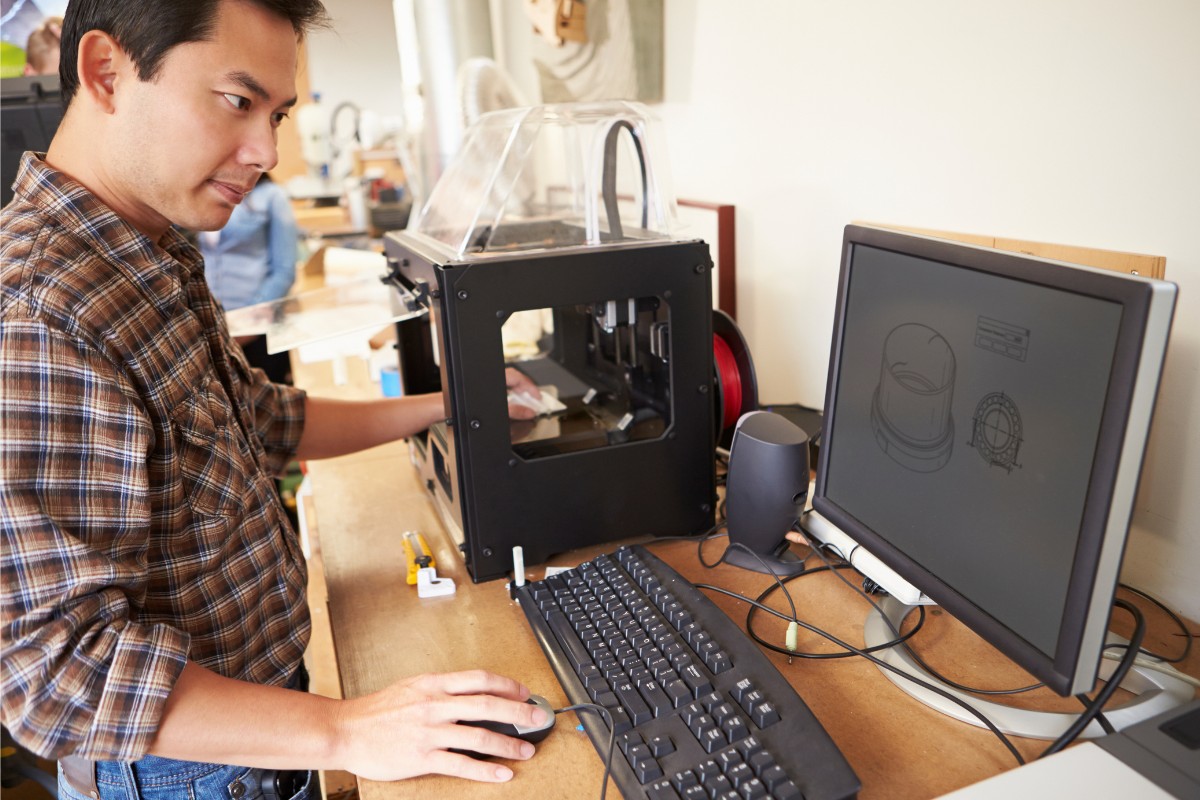
To start a 3D printing business, you need to have a good understanding of the technology and how it works.
You also need to have the necessary skills to operate the equipment and design 3D models.
Here are some ways you can acquire the training and skills needed for a 3D printing business:
Online Courses and Tutorials
There are many online courses and tutorials available that can teach you the basics of 3D printing.
These courses cover topics such as 3D modeling, 3D printing software, and 3D printing technology.
Some popular online course providers include Udemy, Coursera, and Lynda.
Workshops and Training Programs
Attending workshops and training programs is another great way to learn about 3D printing.
These programs are often offered by 3D printing companies or organizations and provide hands-on training and experience with 3D printers.
You can also learn about the latest trends and developments in the industry from industry experts.
On-the-Job Training
Another way to acquire the necessary skills for a 3D printing business is through on-the-job training.
If you are already working in the industry, you can learn from experienced professionals and get hands-on experience with 3D printers.
This can be a great way to learn about the nuances of 3D printing and gain valuable experience.
Hiring Skilled Professionals
If you don’t have the necessary skills for a 3D printing business, you can hire skilled professionals to help you.
Look for individuals who have experience with 3D modeling and 3D printing technology.
You can also consider hiring interns or apprentices who can learn on the job and help you grow your business.
Potential Challenges and Risks
Starting a 3D printing business can be an exciting and rewarding venture, but it’s important to be aware of the potential challenges and risks that come with it.
Here are a few things to keep in mind:
Equipment
One of the biggest challenges in the 3D printing industry is the equipment itself.
While the cost of 3D printers has come down significantly in recent years, they can still be expensive to maintain and repair.
Additionally, not all 3D printers are created equal, and some may not be suitable for certain types of projects.
It’s important to do your research and invest in high-quality equipment that will meet your needs.
Materials
Another challenge is the availability and cost of materials.
While there are a wide variety of materials available for 3D printing, they can be expensive, and not all printers are compatible with all materials.
It’s important to consider the cost of materials when setting your prices and to make sure you have a reliable supplier.
Repeatability
One of the challenges of 3D printing is ensuring consistency and repeatability in your prints.
Small variations in temperature, humidity, and other factors can affect the quality of your prints, so it’s important to have a reliable process in place to ensure consistency.
Post-Processing
Finally, post-processing can be a time-consuming and labor-intensive process.
Depending on the type of project, you may need to sand, paint, or otherwise finish your prints to achieve the desired result.
It’s important to factor in the time and cost of post-processing when pricing your services.
Recommended 3D Printers
- Resume Printing Function: Ender 3 has the ability to resume printing even after a power outage or lapse occurs.
- Easy and Qucik Assembly: It comes with several assembled parts, you only need about 2 hours to assemble 20 nuts well.
- Advanced Extruder Technology: Upgraded extruder greatly reduces plugging risk and bad extrustion; V-shape with POM wheels make it move noiseless,...
- Safety Protected Power Supply: Only needs 5 minutes for hot bed to reach 100 degree.
- Strict Test: Strict testing for key components before delivery and life-time technical supports available.
- ✅ 【One-Click Automatic Printing】 -Experience the future of 3D printing with the Adventurer 5M Series. Ensure impeccable bed leveling every time...
- ✅ 【Swift and Smart Printing 】 -This printer excels in efficiency and intelligence. Its Core XY structure enables travel speeds of up to 600mm/s,...
- ✅ 【Your Smart Choice】 -Offers rapid nozzle changes in 3 seconds, a high-flow 32mm³/s nozzle for stable high-speed printing With a quick...
- ✅ 【Superior Print Quality and Adaptability】 -Dual-fan nozzles, vibration compensation, multiple nozzle sizes (0.25, 0.4, 0.6, 0.8mm), and a...
- ✅ 【Efficient After-sales Support】 -All of our 3d printers provide one month free return and exchange. Lifetime technical support, a one-year...
- 【Overview of Neptune 3 Pro】225x225x280mm/8.85x8.85x11 inch market mainstream printing size can meet the needs of most users. With an STM32...
- 【Dual-Gear Direct Extruder】The new dual-gear direct drive extruder is made of SUS303 high-quality stainless steel with a 3:1 reduction ratio and...
- 【Nozzle Kit for Better Printing Effect】The nozzle kit contains a TC4 titanium alloy throat pipe, an aluminum alloy flat heat sink structure, and a...
- 【Smarter Printing Experience】Auto mesh bed leveling adopts a non-contact high precision sensor to automatically scan 36 (6x6) points of the hotbed...
- 【More Stable Printing】The Z-axis with dual synchronized lead screws and dual-motor drive for more stable movement of the print head and higher...
Last update on 2024-04-11. As an Amazon Associate we earn from qualifying purchases.
Conclusion
Starting a 3D printing business can be a lucrative venture, but it requires a significant investment of time, money, and resources.
In this article, we have covered the various costs involved in starting a 3D printing business, including equipment, software, raw materials, office space, and marketing.
Based on our research, the average startup costs for a 3D printing business are around $27,635, while the maximum startup costs can be as high as $48,547.
However, the total cost of starting a 3D printing business can vary depending on various factors such as equipment and establishment costs.
When starting a 3D printing business, it is essential to have a solid business plan in place.
This plan should include a detailed budget, marketing strategy, and a clear understanding of your target market.
You should also consider the type of 3D printing services you plan to offer and the equipment you will need to provide these services.
In addition to startup costs, there are also ongoing expenses to consider, such as employee salaries, research and development, and marketing.
It is important to have a plan in place to cover these expenses and ensure that your business remains profitable in the long run.




